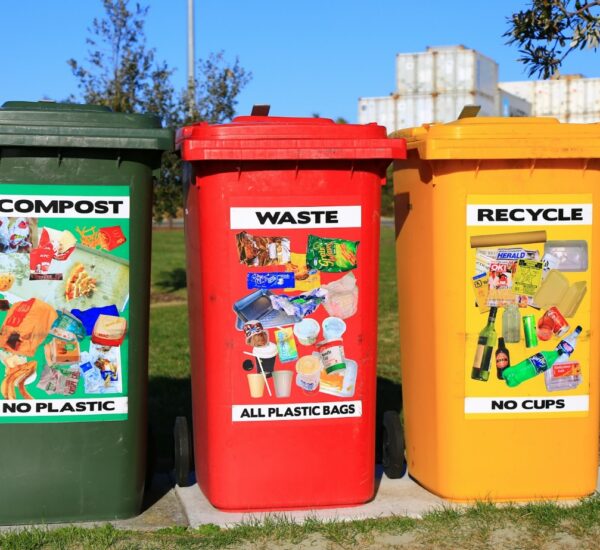The primary goal of pre-incident waste management planning is to prepare a community to effectively manage waste, debris and materials generated by a homeland security incident, including reducing the potential amount of waste generated at the outset. Communities can follow EPA’s comprehensive or, if resources and time are limited, can focus on one or more pre-incident planning activities at a time.
On this page:
Benefits of Pre-incident Waste Management Planning
Nearly all incidents generate waste, debris and materials. While the amount of waste varies between incidents, the generated waste is often greater than the amount of waste many communities handle each year. Additionally, homeland security incidents may generate waste streams, such as chemical, biological and radiological-contaminated wastes, that typically are not handled by communities or waste management facilities. In addition to helping the whole community prepare for these potential wastes, pre-incident planning encompasses source reduction and hazard mitigation activities aimed at reducing the total amount of waste generated by an incident, especially for a large-scale natural disaster. While this pre-incident planning should be documented in a, the community’s preparation provides the most benefits, such as:
- Saves valuable time and resources during an incident
- Allows more efficient and effective waste management decision-making during an incident
- Encourages stakeholders (e.g., state, local, tribal and territorial governments, owners of private storage, treatment and disposal facilities, residents) to work together before an incident occurs
- Boosts the community’s resiliency, resulting in a quicker and less costly recovery to its pre-incident state
- Minimally detracts from, or otherwise impacts, the broader response and recovery efforts due to the efficient implementation of waste management activities
Planning with Limited Time and Resources
Pre-incident planning can be done in stages. Below is a list of waste management planning activities that may provide the greatest benefit for a community that has limited resources and time to devote to planning. Small but significant steps taken prior to an incident can have a big impact on the efficiency and effectiveness of post-incident waste management decision-making.




